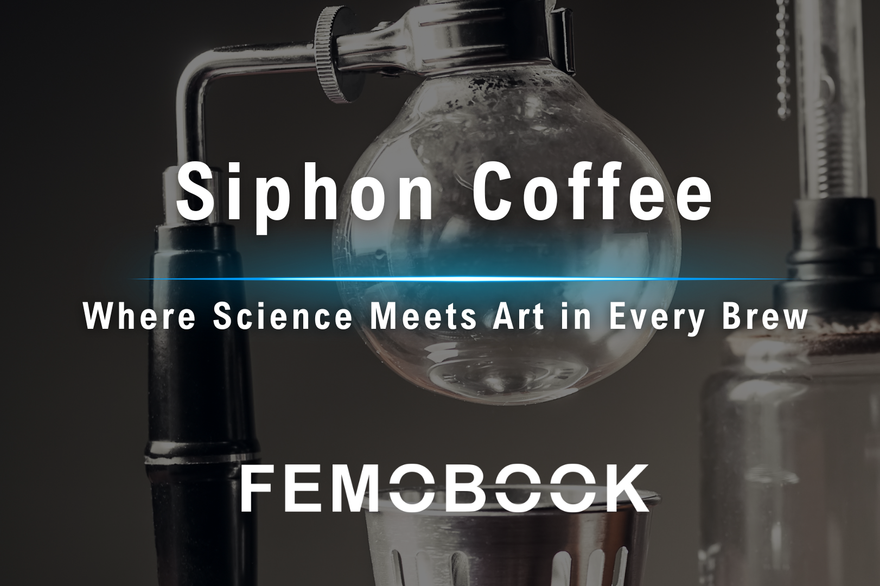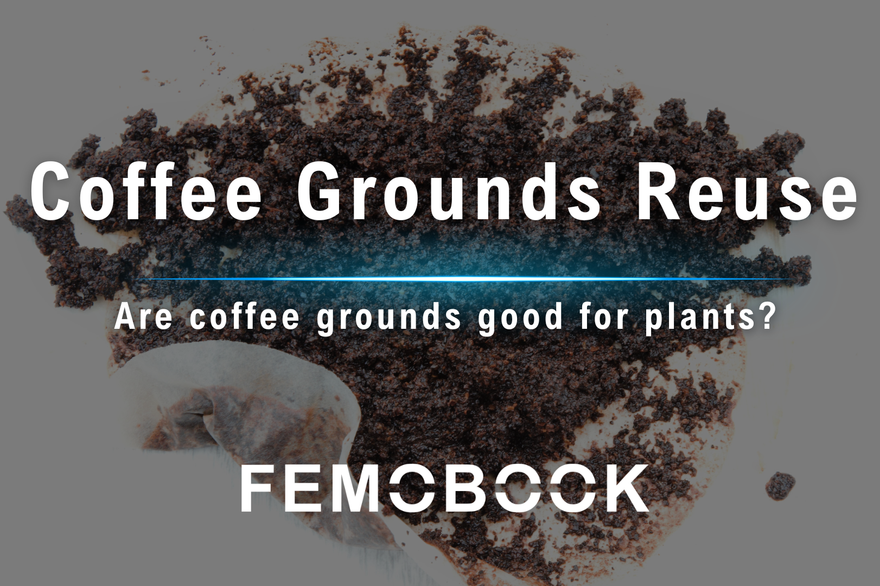
When you pull a fresh shot of espresso, a golden-brown layer slowly blooms on the surface—that’s crema. Celebrated as the hallmark of a well-made espresso, it’s also one of the most misunderstood aspects of coffee.
Here, we’ll explore what crema really is, how it develops, the key factors that influence it, and the best ways to enjoy it—so you can recognize, appreciate, and even perfect this defining feature of espresso.
What Is Crema?
In Italian, crema literally means “cream,” but in coffee it’s not pure oil—it’s the fine, golden-brown foam that crowns a freshly brewed espresso. This layer forms when carbon dioxide released from the coffee combines with the brew’s natural oils, proteins, and soluble solids under pressure, creating a stable emulsion of tiny bubbles with a smooth, velvety texture.
Coffee beans, like many seeds, naturally contain oils. Roasting draws some of these oils toward the surface and traps carbon dioxide inside the bean. When finely ground coffee meets hot water under high pressure, heat releases the oils while the pressure forces CO₂ out, allowing them to emulsify into crema.
Because pressure is essential, espresso machines are the most reliable way to create a rich, stable crema. Some other brewers—like moka pots or AeroPress—can occasionally produce a light, fleeting foam under the right conditions, but it’s typically far thinner and less stable than espresso machine crema.
For many coffee lovers, a thick, golden crema is the crowning touch of a well-pulled shot — and chasing that perfect layer has become a shared point of pride among coffee enthusiasts.
What Makes Good Crema?
A smooth, golden layer of crema on top of espresso is something many coffee lovers admire—but what exactly makes it “good”? Like coffee itself, there’s no absolute standard. If it suits your taste, it’s the right crema for you. Still, over time, espresso enthusiasts have developed a few common benchmarks.
Visually, good crema often shows:
-
Color – A warm golden-brown, typically lighter than the espresso beneath it.
-
Consistency – Foam that’s neither overly dense nor too thin, with a balanced texture.
-
Bubble Size – Tiny, uniform bubbles that create a velvety appearance.
Beyond appearance, some people also judge by how long the crema lasts and how it behaves in the cup. For example, many consider a layer that holds for about two minutes ideal. Others tilt the cup to see if the crema evenly coats the surface of the espresso, then watch if it returns to form when the cup is upright again.
And while it’s not a hard rule, there’s an old saying among baristas: no crema, no espresso. It’s a lighthearted way of saying that a well-pulled shot should wear its crema like a crown.
How Crema Forms?
-
Roasting: CO₂ builds inside the bean
Heat drives chemical reactions that generate carbon dioxide and leaves natural oils intact—both are essential precursors to crema. -
Brewing under pressure
During extraction, high pressure keeps CO₂ dissolved in the liquid while hot water extracts oils, proteins, and other soluble compounds from the grounds. -
Release and stabilization: foam forms
Once the shot meets normal atmospheric pressure, CO₂ rapidly escapes as tiny bubbles. These bubbles bind with emulsified oils and surface-active compounds, creating a stable, golden foam—crema.
Bottom line: pressure, CO₂, coffee oils, and soluble compounds all matter; remove any one of them and that signature layer won’t show up.
Factors That Affect Crema in Espresso

As we’ve seen, crema relies on the interaction of coffee’s natural oils and compounds, trapped carbon dioxide, and brewing pressure.
These same elements also influence how much crema forms, the size of its bubbles, and how long it lasts on the surface of your espresso.
Arabica vs. Robusta: Which Makes Better Crema?
The type of coffee bean you use plays a big role in how much crema ends up in your cup. Some beans naturally carry more oils or trap more carbon dioxide during roasting—two key ingredients for that golden espresso foam.
Arabica beans are known for their higher oil content, which not only helps create a silky crema but also enhances aroma and flavor complexity. But if you’re after volume and staying power of crema, Robusta often wins. With more soluble solids and better CO₂ retention, Robusta produces a thicker, longer-lasting layer of foam.
That’s why many espresso blends sneak in a touch of Robusta—not to overpower the flavor, but to give the crema more body and resilience. Of course, origin matters too: altitude, rainfall, sunlight, and soil all shape the oils inside the bean, and by extension, the crema in your cup.
How Roast Level Affects Espresso Crema
Darker roasts, with their longer and hotter roasting process, release more oils from the bean’s interior, often resulting in a richer, more pronounced crema during brewing.
Related: Coffee Roasting: Stages and Flavor Impact
How Fresh Should Coffee Beans Be for the Best Crema?
After roasting, coffee beans slowly release carbon dioxide—a process known as degassing. If the beans are too fresh, within just 1–2 days of roasting, excess CO₂ can disrupt extraction, leading to unstable or overly foamy espresso crema. If the beans are too old, most of the CO₂ will have escaped, making it difficult to create that signature golden layer. For most espresso brewing, letting freshly roasted coffee beans rest for about 4–14 days strikes the ideal balance, producing a thicker, more stable crema.
What Grind Size Is Best for Crema?
A finer grind increases resistance to water flow and extends the extraction time. This allows more soluble compounds and oils from the coffee to emulsify, resulting in a thicker, more stable, and finer-textured espresso crema.
However, grinding too fine can cause over-extraction, leading to a bitter taste. The sweet spot is a grind that’s fine enough to build pressure and emulsify the oils, but not so fine that it chokes the shot. Finding this balance—based on your coffee beans—can be the key to achieving a rich, stable crema.
What Is the Best Extraction Time for Crema?
If the extraction time is too short, the coffee’s oils won’t have enough time to fully emulsify, resulting in a thin or weak crema. If it’s too long, over-extraction can occur, throwing off the flavor balance. Hitting the optimal extraction time helps create a stable, well-developed layer of espresso crema.
Ideal Brewing Pressure for Perfect Espresso Crema
Brewing pressure is crucial for dissolving carbon dioxide into the coffee and creating a stable espresso crema. Most espresso machines operate at around 9 bars—enough to produce that dense, velvety layer we associate with a great shot. In comparison, moka pots generate about 1.5 bars, and AeroPress brews at just 0.3–0.7 bars. While both can produce a light foam, the texture and stability are very different from the rich, lasting crema made with an espresso machine.
What Crema Says About Your Espresso?
Crema is often seen as one of the markers of a well-pulled espresso, but it’s not an absolute measure of quality. A delicious coffee doesn’t always have crema—and a shot with crema isn’t automatically good. At the end of the day, what matters most is finding the flavor you truly enjoy.
So, when that golden foam appears on top of your espresso, what exactly can it tell you?
Ideal Freshness for Crema
After roasting, coffee beans slowly release carbon dioxide over time. Beans that have been sitting too long will have lost much of this gas, making it harder to produce a rich, stable crema. On the flip side, using beans immediately after roasting can backfire—excess CO₂ can cause uneven extraction, overly puffy crema, and even throw off the flavor balance. That’s why many baristas let freshly roasted beans rest for a few days before brewing, ensuring a more consistent shot and a well-formed crema.
Coffee Strength
Espresso naturally produces more crema because it’s brewed at a higher concentration. A thick, dense layer of foam on top often signals a stronger, more concentrated shot.
How to Enjoy Crema
Now that you know how crema forms, how should you drink it? There’s no one “right” way—coffee is meant to be enjoyed in a way that suits your own taste and style, not bound by strict rules. If your espresso comes with a layer of crema, the best approach is simply to drink it the way you like.
That said, there are two common ways people enjoy crema:
Sip the Crema First
Crema has a dense, velvety texture with a bold, slightly bitter edge—sometimes even a hint of astringency. If you don’t mind a bit of bitterness, try tasting the foam on its own before sipping the espresso beneath it. You’ll notice a layered experience, moving from the crema’s intense bite to the smoother, richer coffee underneath.
Stir It In
Another popular approach is to stir the crema into the espresso before drinking. This blends the foam’s texture and bitterness with the coffee’s body and aroma, creating a smoother, more balanced cup while still capturing all its layered flavors.
Our Top Recommended Electric Coffee Grinder for Espresso

Whether or not you see crema as the holy grail of espresso, one thing’s certain—freshly ground beans are essential to unlocking a coffee’s full flavor potential. The Femobook A68 electric burr grinder takes the effort out of grinding while giving you precise control over grind size.
With over 300 micro-adjustable settings—each as fine as 0.008 mm—the Femobook A68 lets you dial in the perfect grind size for anything from pour-over to espresso to cold brew. The precision burrs deliver consistent results shot after shot, so you can fine-tune your recipe when switching roast levels or brewing methods, and even log your settings for a more scientific approach to flavor.
A magnetic, quick-release assembly makes cleaning effortless, while the vertical grounds chute reduces retention and moisture risk. All this comes in a compact, space-saving design that performs like a commercial grinder but fits right at home on your counter.







